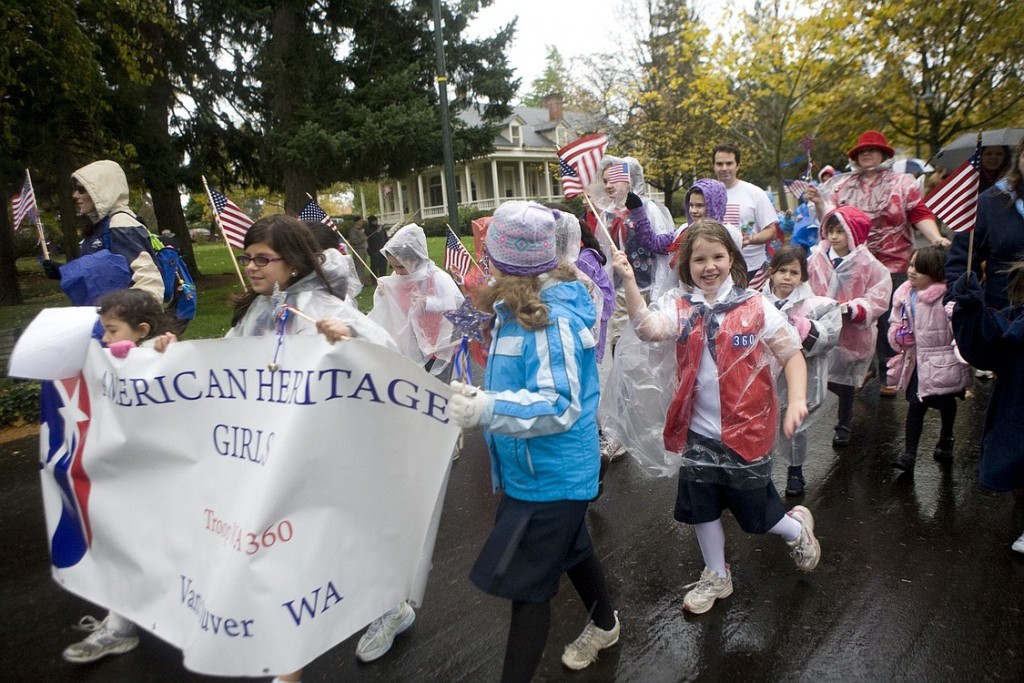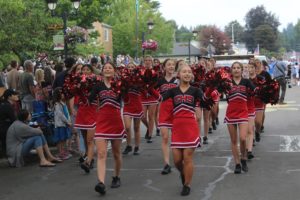In an effort to help bring some long-term stability to a struggling emergency medical services fund, Camas city officials want to place a proposal for an EMS levy rate increase on the Aug. 7 ballot.
During a recent Camas City Council meeting, Camas Fire Chief Nick Swinhart said the recommendation is to boost the rate from 35 cents per $1,000 of assessed property value to 46 cents.
Under the proposed new rate, starting in 2013 the owner of a $300,000 home would pay $138 per year — a $33 increase.
According to Camas city officials’ calculations, at 46 cents the levy would put the EMS fund in the black by $237,130 by 2018. But keeping the rate at its current level would build a deficit of $2.9 million by 2018.
Camas Mayor Scott Higgins said the process of figuring out the “right” levy amount has been challenging.


